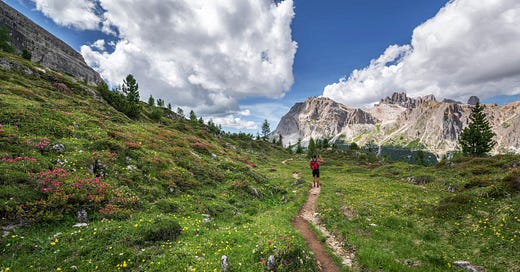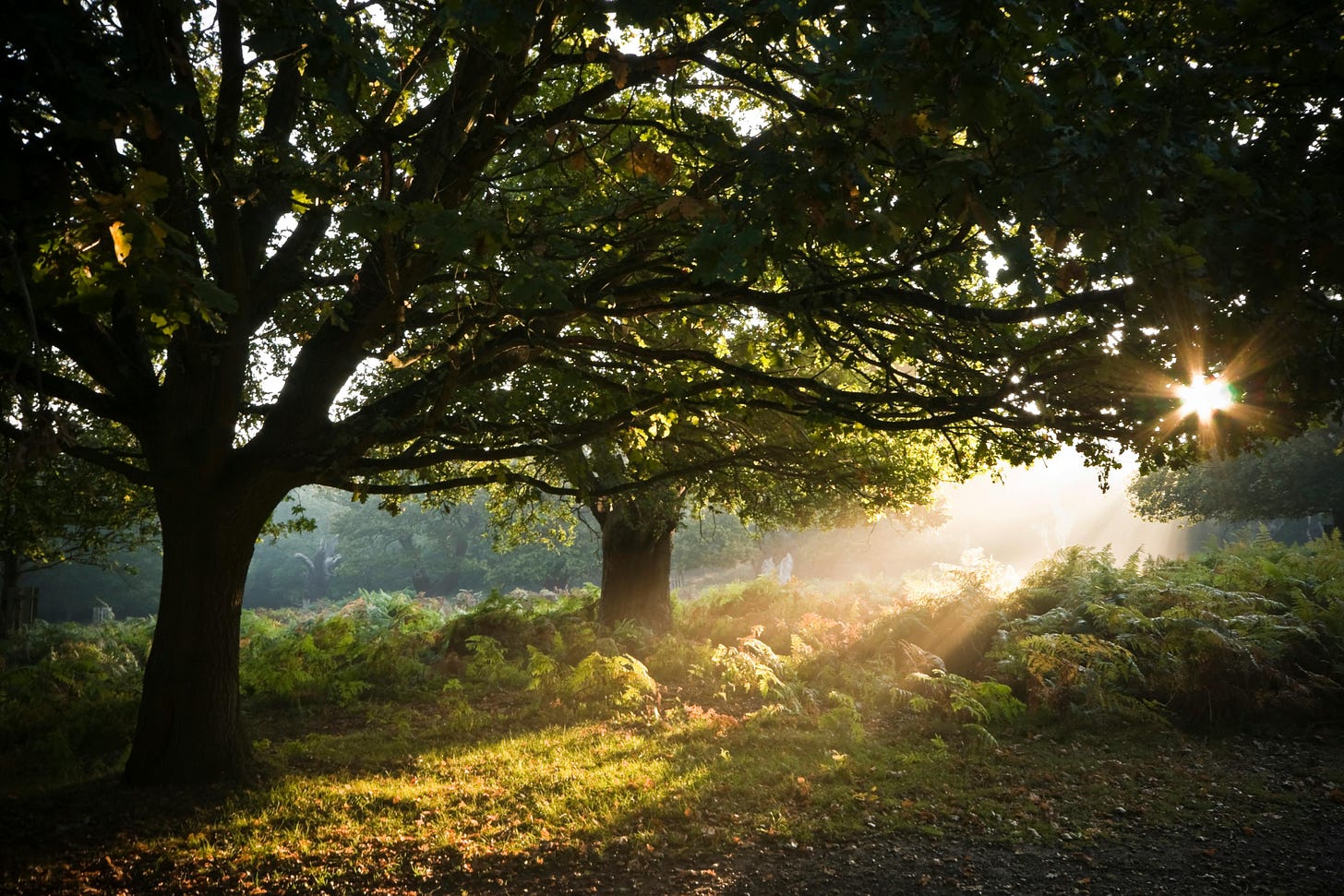An influential book in Beethoven’s library
Part 2: Fascinating insights into the composer’s spiritual beliefs
It can be a thrilling experience to stumble upon words that touch us deeply or help express our meaning. Beethoven’s pencil markings in C. C. Sturm’s Reflections on the Works of God in the Realm of Nature, suggest he felt very much this way upon reading the author’s lines.
(To read part one of this series, which introduces the inspirational author, C. C. Sturm, follow this link!)
The enthusiastic markings on the pages of his dog-eared copy have been carefully studied by the late Dr. Charles Whitcomb, providing us with valuable insights into what piqued Beethoven’s intellectual curiosity, and gave expression to and resonated with his spiritual beliefs.
Sturm’s Reflections on the Works of God in the Realm of Nature
Sturm seeks to inspire awe of the natural world and its Creator in his collection of essays, one for each day of the year. An example from Sturm’s exuberant text:
Summer has inexpressible charms; and gives us daily proofs of the infinite beneficence of the Creator. It is the happy season in which God pours out the treasures of his bounty in the most abundant manner on every living creature. After nature has reanimated us by the pleasures which the spring affords, she labours incessantly throughout the summer to afford us what may gratify our senses, render our subsistence easy, satisfy our wants, and awaken our hearts to sentiments of gratitude and love.
A window into Beethoven’s spirituality
Faith is a deeply personal experience. Beethoven biographer Maynard Solomon suggested the composer had a preference for self-education, and it is not hard to imagine Beethoven shaping his beliefs in this solitary way, through reading and deeper thought.
We also know the composer enjoyed long, contemplative walks in the Viennese countryside, which certainly served as an integral part of his creative process. These nature walks, however, did not only provide a serene environment in which Beethoven could mull over of ideas for his next masterpiece. They meant a great deal more to him.
God in nature
Beethoven read his copy of Sturm’s book in 1816. If we can view the composer’s markings in Sturm’s book as expressive of his own thinking and beliefs at the time, we see a man who found God in nature. The study of those 117 markings also show that the composer was drawn to passages that spoke of a providing and nurturing God.
In a letter to Therese Malfatti, Beethoven once wrote:
How glad I am to be able to roam in the wood and thicket, among trees and flowers and rocks ... in the country, every tree seems to speak to me, saying, "Holy! Holy", in the woods, there is enchantment which expresses all things.
Dr. Whitcomb groups the annotations into themes in his Master’s Thesis, and interestingly, the majority of Beethoven’s markings correspond to passages about nature. Many of these relate to God’s provision for mankind through nature. Others give us fascinating insights into the scientific understanding at the time, and also into Beethoven’s intellectual curiosity.
For example, the essay discussing butterflies caught Beethoven’s attention:
That beneficent being, who gives wisdom to man, has also condescended to instruct the butterfly how to secure the only legacy she can leave to the surviving world, by covering her eggs with a gluey substance which proceeds from her own body. This species of glue is so very tenacious, that rain cannot penetrate it; and that the ordinary cold of winter cannot kill the young ones which are included in the eggs. But it is remarkable, that though every species follows the same method, from generation to generation, yet there is a great diversity in the measures which different species of the butterfly take for the preservation of their race. Naturalists inform us, that some of the insects lay their eggs in the beginning of autumn, and then die; lying over and glued to their dear offspring.
Topics range from the vastness of the universe to the usefulness of venomous animals and plants. Sturm’s scientific writings are each time accompanied by praise of the Creator and thanksgiving, in awe of His goodness and wisdom. An illustrative excerpt:
When the bird in the air astonishes me with the rapidity of its flight, the elegance if its form, and the sweetness of its notes, is it not right that I should consider it as thy work; that its songs are so many hymns to its Creator; and that they should excite me to praise thee?
Dr. Whitcomb suggests that through nature, Beethoven found his trust in God. Nature brought him great spiritual comfort.
...the creation is a scene still more extensive and enchanting for the mind than for the senses. Where the senses cannot reach, the mind discovers beauty, harmony, variety and new pleasures. In all the objects of creation, it perceives the Creator of all things, the source and life of beauty, and the author of all good. Yes, O adorable Being, I see thee in every creature.
Sturm calls upon the reader to seek God in nature, and be grateful for the gifts afforded to us.
The title of the essay for May 4th: An invitation to seek God in the Works of Nature, received thrice emphatic underlining by Beethoven’s hand. An excerpt:
Infinite Being! My most highly prized duty shall be to seek and acknowledge thee in all thy works. Is there a thing in the heavens, or upon the earth, that does not lead to thee, or call to my remembrance thy power, thy wisdom, and thy goodness?
Beethoven’s marking indicate that the composer believed in an omnipotent and omnipresent God.
Beethoven wrote a number of religious compositions. The Gellert Songs, for example, written 14 years before the composer read Sturm’s book, call upon the listener to seek God’s glory in nature.
Keep an eye out for our next article!
An interesting discovery made by Dr. Whitcomb is that Beethoven’s annotations suggest that the composer identified with certain animals. This will be the subject of subsequent articles.
We are deeply grateful to Dr. Whitcomb for his excellent work researching this fascinating subject. Follow this link to read his full thesis.
Recommended articles
Interesting facts about Beethoven’s Tempest
Beethoven’s hobby: A walk in the woods







This is so interesting! Thank you!